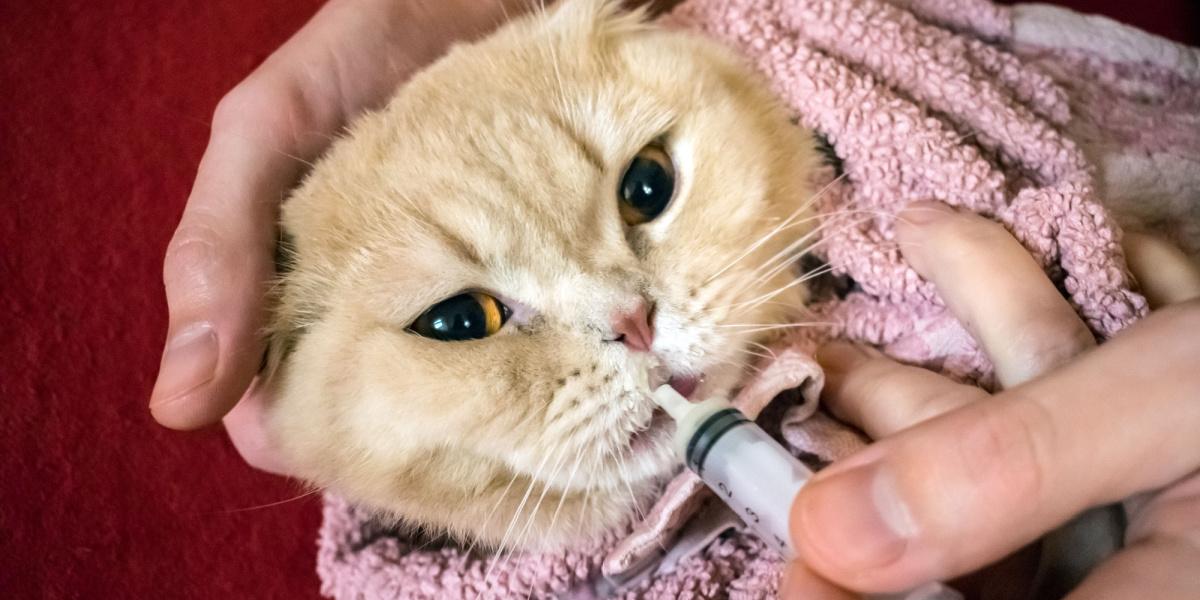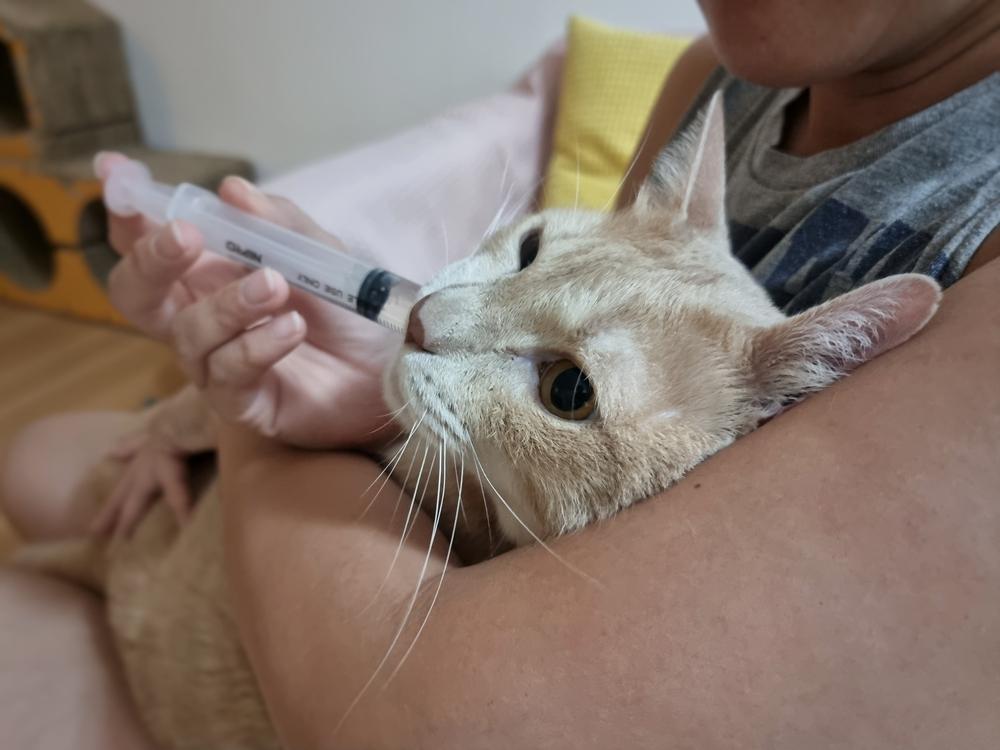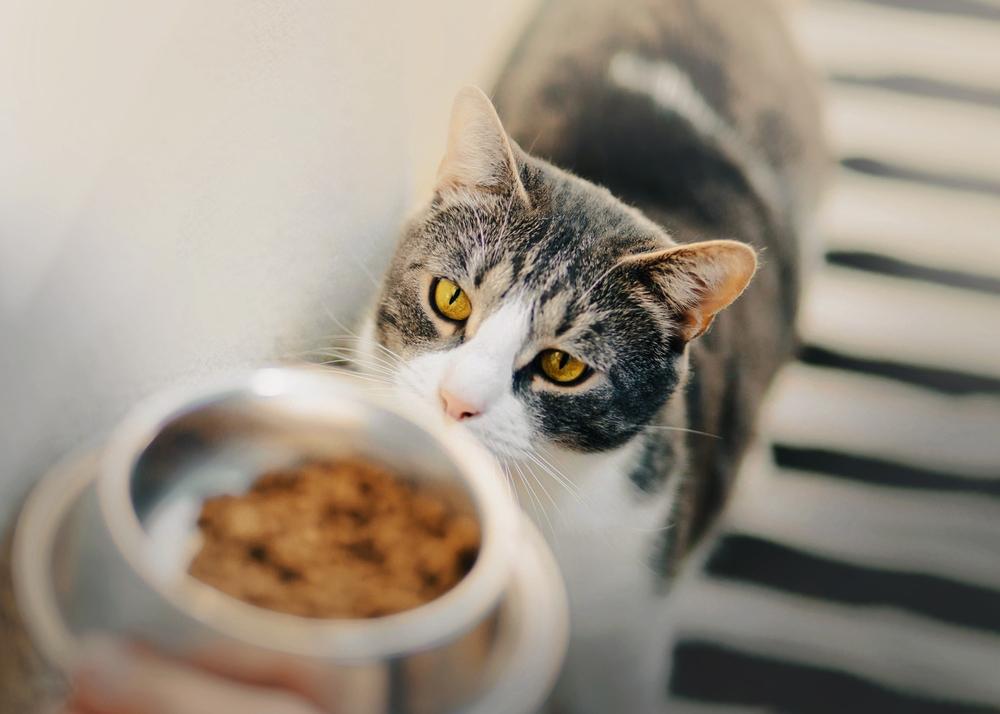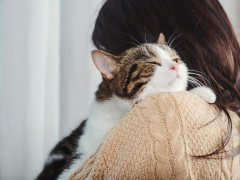
Iryna Imago / Shutterstock.com
Orbax is a brand name for the drug orbifloxacin, a broad-spectrum antibiotic used in pet animals to treat bacterial infections. In cats, Orbax is normally prescribed for skin and soft-tissue infections, such as wounds. It comes in both tablet and liquid forms and must be prescribed by a veterinarian.
In this article, learn when Orbax is used in cats, how to use it safely, and what side effects to look out for.
Orbax for Cats Overview

About Orbax for Cats
Orbax is a brand name for the drug orbifloxacin. It belongs to a group of antibiotics called fluoroquinolones, which are critically important in human medicine. This means we try not to use them in animals unless first-line treatments are not available or haven’t worked.
Because of how important fluoroquinolones are for humans, your veterinarian will usually only prescribe them after taking a sample for culture and sensitivity from your cat. This test tells them what type of bacterial infection your cat has, and what antibiotics will work best to treat it. Choosing the right antibiotic for your cat’s infection helps to reduce antibiotic resistance.
Orbifloxacin is particularly good at treating infections caused by Staphylococci bacteria, which are common in skin and soft-tissue infections. This is the most likely reason your veterinarian will prescribe Orbax for your cat.
Orbax is not generally effective against anaerobic bacteria, which are common in bite wound infections (such as cat bite abscesses). However, your veterinarian might use it alongside another antibiotic to treat difficult infections, such as Pseudomonas.
Orbax Dosage for Cats
Orbax comes in a liquid form as an oral suspension as well as a tablet form. Your veterinarian will choose a dose based on the type of infection your cat has, and how severe it is. This is usually between 2.5 to 7.5 milligrams/kilograms once daily. The dose of the liquid is usually a little higher than the tablets, as it is not absorbed as easily in the body. However, this should not be more than the maximum dose of 7.5 milligrams/kilograms.
The duration of the course of treatment will depend on your cat’s specific condition, but it is usually between five and 10 days. If you aren’t seeing any improvement within five days of starting treatment, speak to your veterinarian as they might need to consider a different course of action.
How to Administer Orbax to Cats

Orbax is taken orally either in liquid form (given by syringe) or tablets. RJ22 / Shutterstock.com
Orbax is given into the mouth in the form of either a tablet or a liquid. Make sure you shake the liquid well and measure out the dose carefully using the dosing syringe. It is best to give Orbax directly into your cat’s mouth on an empty stomach.
However, if your cat seems nauseous or vomits—or you need to hide it in a treat—you can give it with a little bit of food. Just make sure you don’t use food containing calcium (such as cheese) as this can reduce the absorption of the medication.
If you forget to give a dose, don’t double up on the next dose. Instead, just give the dose once you’ve remembered or when it is next due. Make sure you complete the whole course your veterinarian has prescribed.
Also Read: The 7 Best Cat Foods To Hide Pills In
Side Effects of Orbax for Cats
Cats usually tolerate Orbax well, with few side effects. But possible side effects you might see are vomiting, diarrhea, and loss of appetite. Your cat’s feces may also change to a white or yellow color. This isn’t usually a concern, just an effect of the medication. In most cases, mild side effects such as an upset stomach generally resolve on their own, without the need to stop the medication.
Although rare, more severe side effects can occur, including:
- Lethargy
- Hypersalivation
- Ataxia (incoordination)
- Convulsive seizures
- Abnormal retina
- Mydriasis (enlarged pupils)
In rare instances, Orbax can cause blindness in cats. This might resolve spontaneously if treatment is stopped quickly, but it can be permanent. Changes in the eye are usually only seen when Orbax is used at high doses. So, be sure your cat has been weighed accurately and never give more than the recommended dose.
Overdose and Emergencies
The safety of orbifloxacin in cats has been investigated in clinical trials up to 10 times the recommended dose and three times the recommended duration of treatment. At the highest dose level, some cats experience mild stomach upsets such as signs of nausea, vomiting, or loose feces. Some cats also showed a reduced appetite.
However, serious side effects have been reported in cats receiving Orbax (such as blindness). Therefore, if your cat takes an overdose of Orbax or becomes unwell while taking the medication, seek advice from your veterinarian immediately.
Also Read: 11 Signs That You Need to Get Your Cat to the Emergency Room
Potential Drug Interactions With Orbax

When administering Orbax, avoid giving your cat foods that are high in calcium as calcium can interfere with the absorption of the medication. Valeri Vatel / Shutterstock.com
Take care to let your veterinarian know about anything else your cat might be taking, as Orbax interacts with many other substances.
Sucralfate and substances (including supplements, vitamins and foods) containing calcium, iron, aluminum, magnesium, or zinc reduce the absorption of Orbax. If you do use them together, they should be given at least two hours apart from Orbax.
Care should be given when Orbax is used at the same time as drugs such as theophylline, cimetidine, and anti-coagulants. Your veterinarian might recommend stopping these medications or using a reduced dose.
Cats must not take oral cyclosporine at the same time as Orbax.
How to Store Orbax
Orbax tablets must be stored at temperatures between 36 degrees Fahrenheit and 86 degrees Fahrenheit, and protected from excessive moisture. Orbax oral suspension does not need to be stored at a special temperature. Just be sure to store it upright and keep the container in the outer carton to protect it from direct sunlight.
Frequently Asked Questions
What is Orbax used for in cats?
Orbax is an antibiotic used to treat skin and soft-tissue infections in cats, such as wounds and abscesses. It is sometimes used in combination with other antibiotics in particularly nasty infections.
Is Orbax a good antibiotic for cats?
To choose the best antibiotic for an infection, a sample should be taken for culture and sensitivity testing. This tells your veterinarian what type of bacteria are involved and what antibiotic will be best to treat it. Orbax is particularly good at treating Staphyloccoci bacteria, which are often found in skin and soft tissue infections.
What happens if I give my cat too much Orbax?
In safety studies, cats receiving 10 times the recommended dosage of Orbax suffered mild gastrointestinal signs. This included vomiting, diarrhea, and loss of appetite. However, it can cause serious side effects (such as blindness), particularly at high doses, so seek help from your veterinarian immediately if your cat has taken an overdose.
How safe is Orbax for cats?
Orbax is considered very safe in cats, with only mild side effects (such as an upset stomach) seen at 10 times the recommended dose in safety trials. However, it can occasionally cause serious side effects and has even been linked to blindness in cats.
How long should Orbax be given to a cat?
Your veterinarian will decide how long your cat should take Orbax, depending on the type of infection they have and the severity. But this is usually around five to 10 days. Treatment may be continued until at least two days after signs have resolved.
 Fact checked by
Fact checked by







